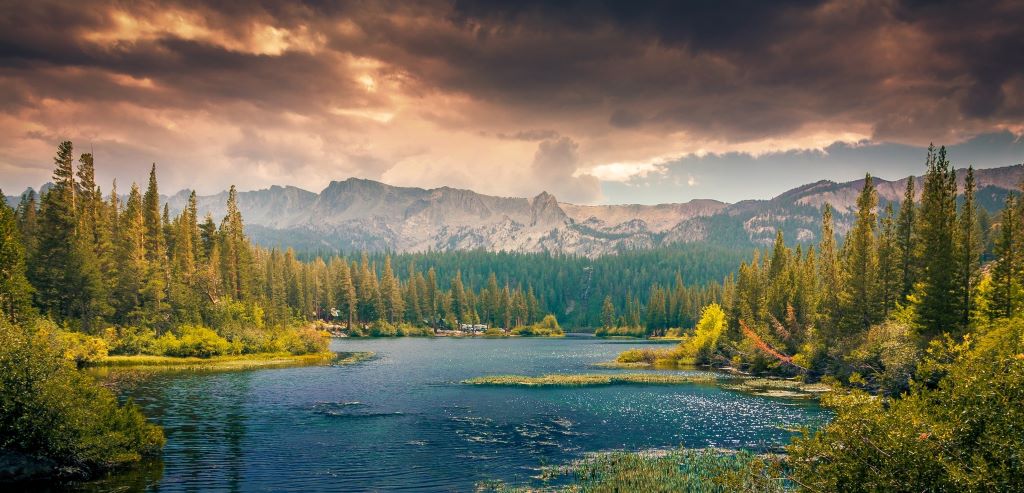Nature knows best when it comes to surviving. But sometimes it needs a helping hand. The effects of increased urbanization, overfarming, species extinction, and other mostly man-made problems have wreaked havoc on our environment. How can we help it find its balance again? Many say that the answer lies in rewilding.
What is Rewilding?

Defined by conservation biologists Michael Soulé and Reed Noss, the term “rewilding” is a conservation method that seeks to right the balance in nature by returning it to a wilder time. The three “C”s of rewilding are Cores, Corridors, and Carnivores—meaning protecting core wilderness areas, connecting wild areas, and introducing carnivorous predators to the area. Steps taken include promoting forest regeneration, removing manmade structures like dams and dykes, and reintroducing lost animal species (apex predators). The idea behind this plan is that once we help reset a natural space to what it was before man’s intervention, nature will take its course and make it thrive once more.
Examples of Rewilding in the US

- Reintroducing grey wolfs into Yellowstone National Park. They helped control the overabundant deer population and killed coyotes. This helped create a more balanced ecosystem where thick vegetation and smaller animals could thrive.
- Rewilding cattle ranches across Montana via the American Prairie Reserve, resulting in a growing population of bison, prairie dogs, grassland birds, foxes, pronghorns and other at-risk wildlife.
- Reintroducing California condors, which were previously endangered, across California, Arizona, and Mexico. This effort was led by the U.S. Fish and Wildlife Service, but supported by many other national and conservation organizations. The program has been successful, and there are currently more than 400 condors in the wild.
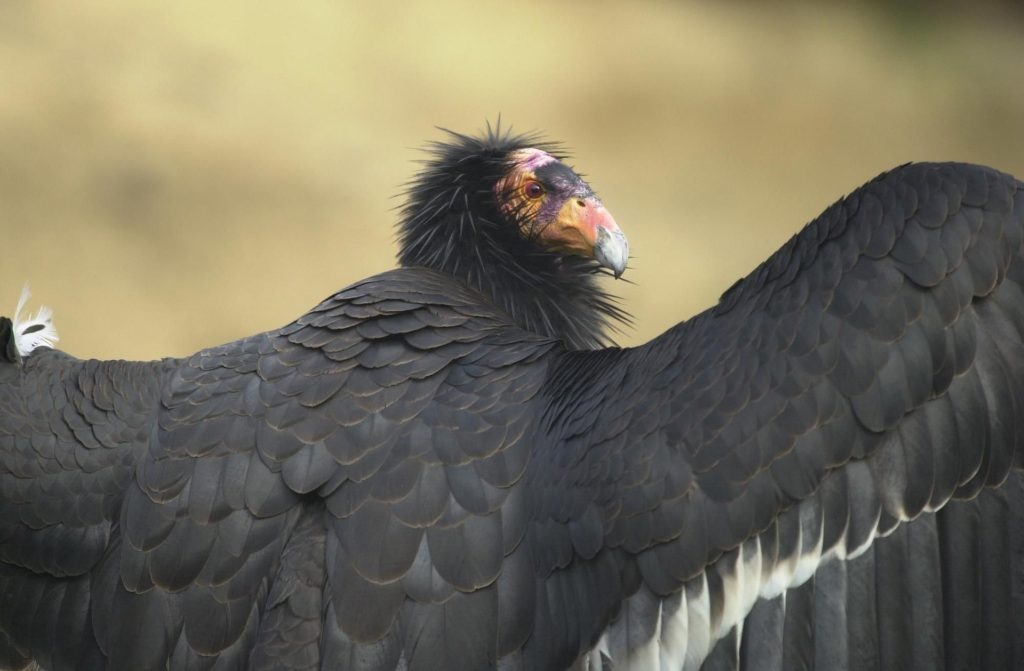
Why is Rewilding Important?
Wild spaces are disappearing all over the world at an alarming rate. Forests, grasslands, farms, streams, rivers, and parks are being lost due to increased urbanization. According to the US Forest Service, the US lost 34 million acres of open space between 1982 and 2001, and projects another 26 million-acre loss by 2030. And National Geographic reported a 500,000-square mile loss of the world’s forests (for perspective, that’s an area larger than the whole of South Africa).
It goes without saying that greenery is vital to both humans and animal life. Birds and other wildlife have also experienced the negative effects of habitat loss and deforestation. Since 1970, conservation scientists have recorded an average 68% loss in more than 20,000 mammals, birds, reptiles, amphibians, and fish. The stakes are high for us too: if we don’t try to right the balance, experts say that earth will cease to become inhabitable as early as our or our children’s lifetime.
Though these statistics are staggering, scientists and researchers the world over are looking to rewilding to rebalance the earth’s ecosystems. Here are more of the many benefits of rewilding:
It protects wildlife. Rewilding re-introduces lost species such as predators and large herbivores, reinvigorating the food chain and gradually restoring populations of endangered species. Studies have found that rewilding could prevent about 70% of species extinctions in the future.
It helps prevent natural disasters. Flooding, landslides, and certain other natural disasters occur when nature is out of balance. When functioning properly, a healthy ecosystem doesn’t have to worry about soil erosion or rainwater running overland rather than being absorbed into the ground.
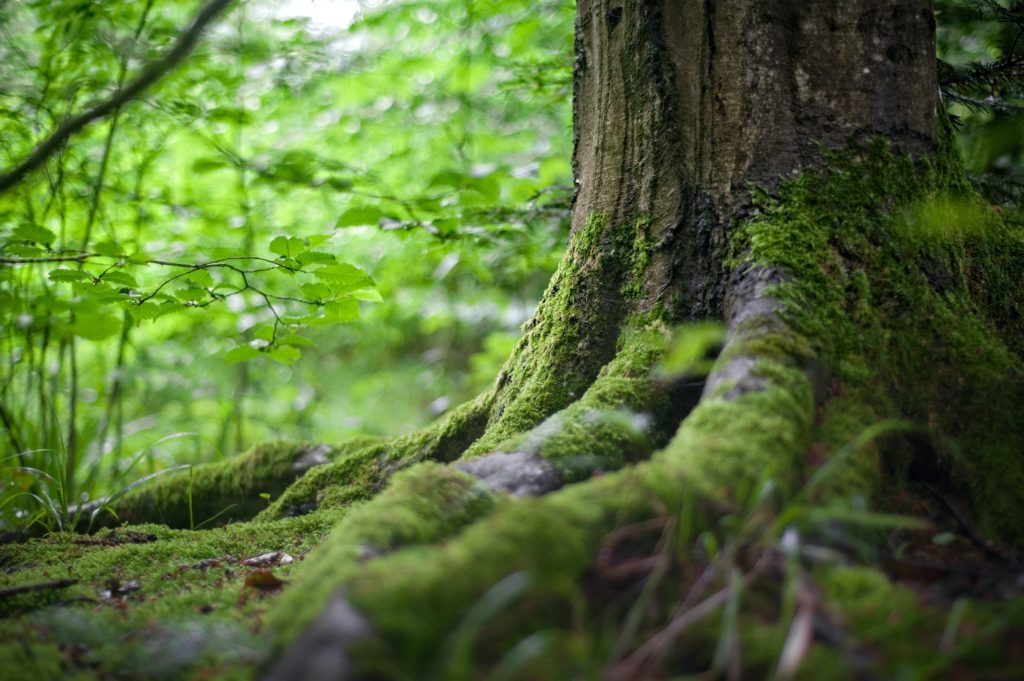
It helps fight—and even reverse—climate change. A properly functioning green space includes a tenuous balance of oxygen and carbon dioxide (CO2) absorption. Healthy trees and greenery remove CO2 from the atmosphere, thereby reducing emissions that advance global warming and its harmful effects.
It improves our overall health. More—and healthier—green spaces means more enjoyment of nature’s benefits. These include a sense of well-being, lower cortisol (stress hormone) levels, reduced blood pressure and heart rate levels, and significantly lessened depression and anxiety.

How to Support Rewilding
Rewilding started in North America, but has since expanded all over the world. As such, rewilding efforts are seen on a global, national, and regional scale—and, as such, there are many organizations involved in this “back to nature” methodology. If you’d like to learn more about rewilding, get involved, or donate to their efforts, here are some places to start:
- Rewilding Earth
- The Rewilding Institute
- True Nature Foundation
- Defenders of Wildlife
- Sierra Club
- Wildlands Network
- Endangered Species Coalition
- Wildlife Conservation Society
Rewilding in Everyday Life
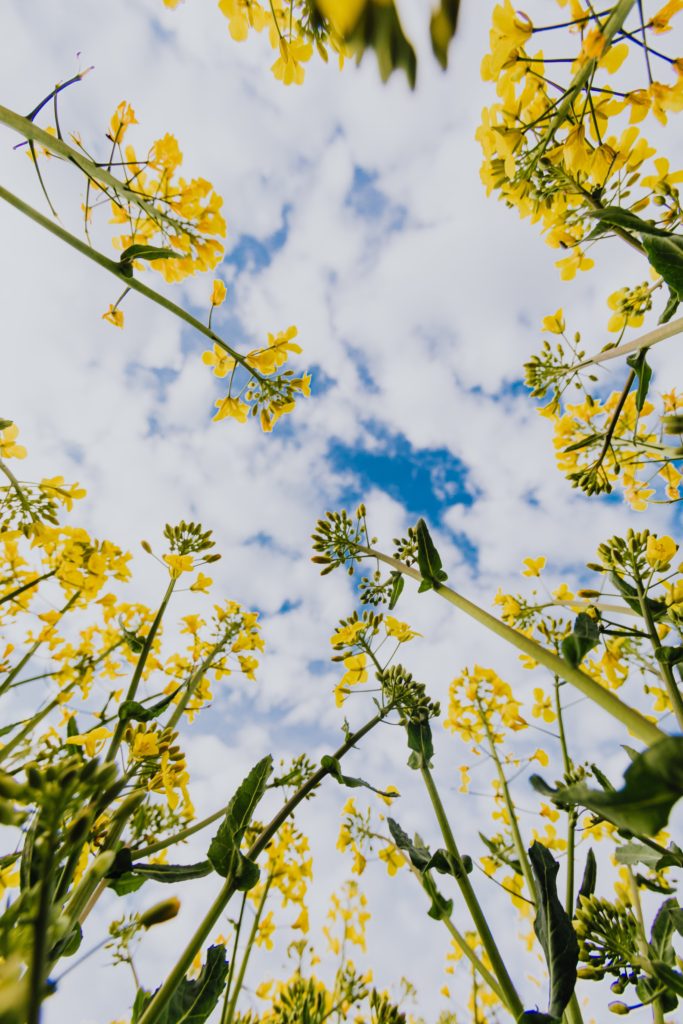
Okay, so you now know how to “rewild” on the macro, but what about in your day-to-day life? Is there such a thing as “rewilding for one”? In fact, there are many ways to rewild in your very own green space—whether it’s a sprawling garden or a small yard. Try these tips:
Educate yourself. Want to become a rewilding warrior? First, get the basics down. We suggest reading a book like Nature’s Best Hope: A New Approach to Conservation that Starts in Your Yard (available in the Chirp store).
Go chemical-free. Want to support nature in your own yard? Stop using pesticides, weed killers, and other chemicals that are toxic to plant and wildlife. Yes, your yard will grow wild without them. No, that’s not a bad thing. (After all, messy can be beautiful.)
Plant only native plants. Plant some local plants, but don’t overdo it. Let the rest proliferate on its own, and you’ll get a lovely mix of nature in your own yard. And don’t forget to plant bird- and insect-friendly plants that help support your local wildlife.
Encourage birds and other wildlife. Attract birds with bird feeders and nest boxes, and bring in squirrels with squirrel feeders. Create your very own wildlife sanctuary right in your own backyard.
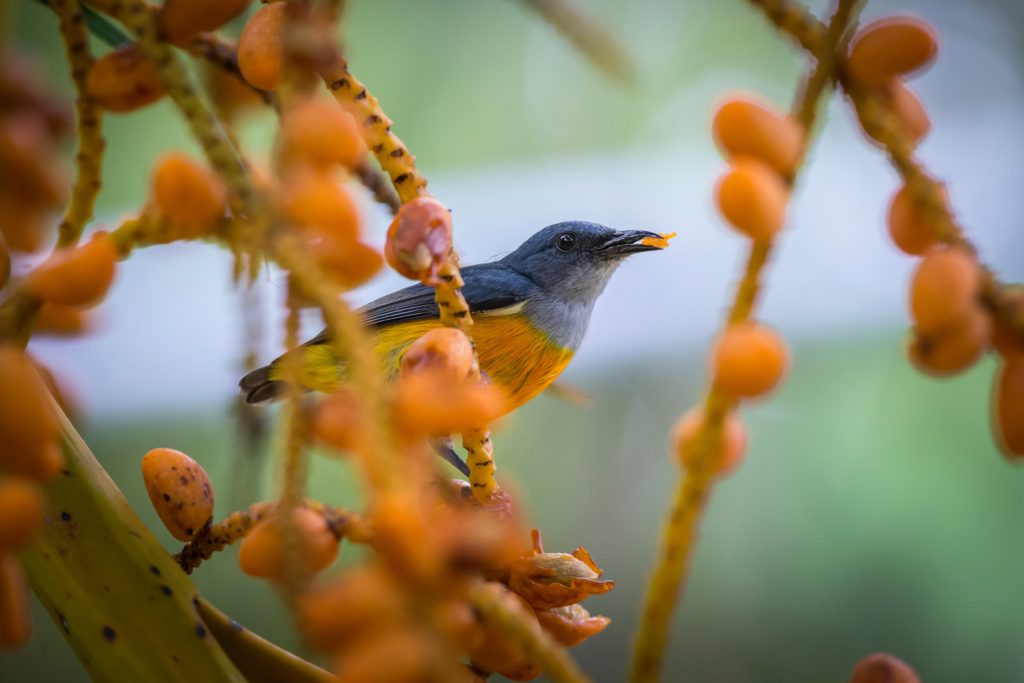
Spend Your Winter with Us!
Whether its cozying up with a cup of cocoa and reading about birds and wildlife on our blog or joining us (live or virtually) for a guided bird walk, we have you covered for winter activities. At Chirp, you’re always welcome to join our reindeer games!

